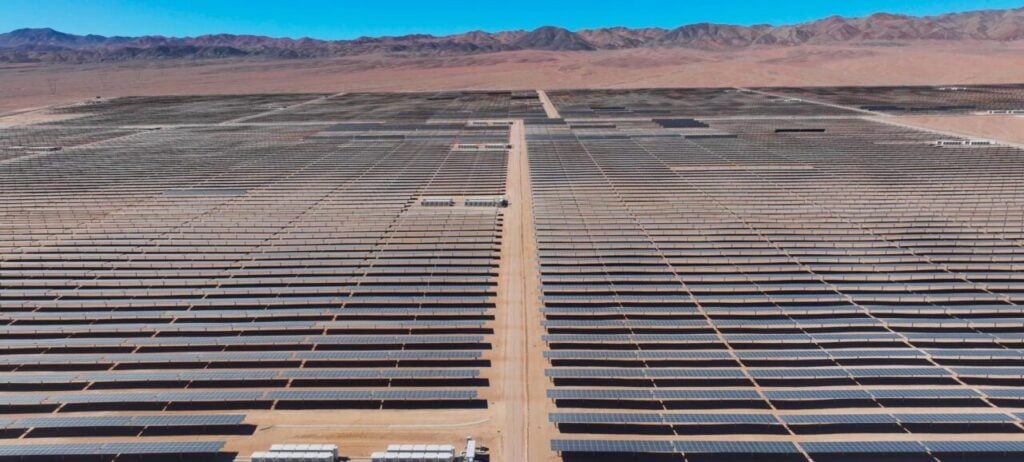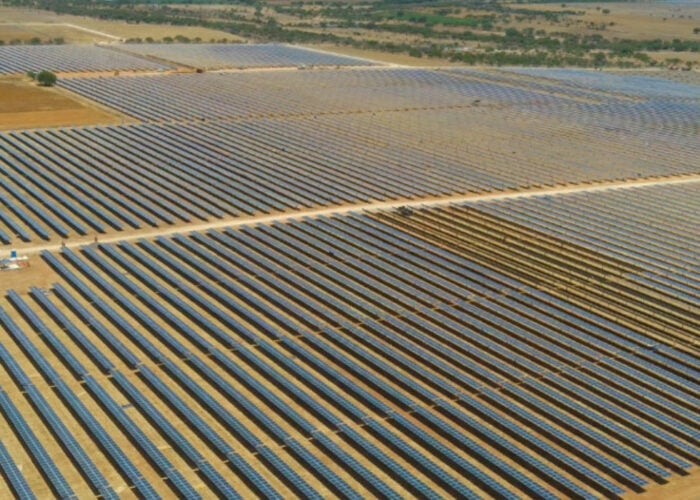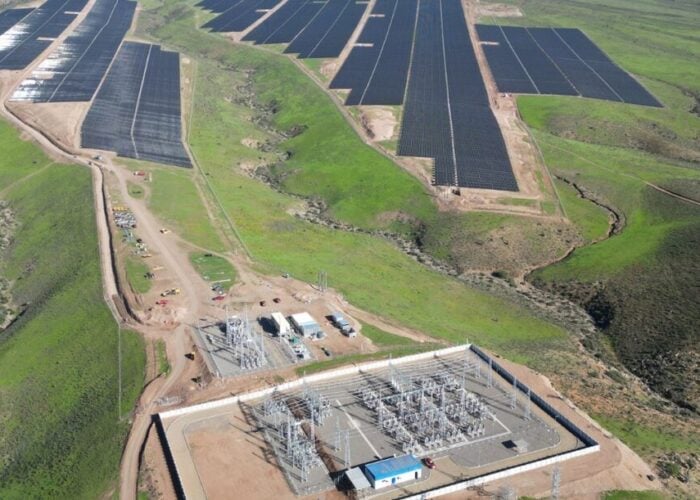
Solar PV in Chile is facing a twofold issue: on the one hand, the ever-increasing curtailment of generation; on the other, the reduction of income due to low prices of electricity with increasing zero marginal cost.
As covered last week on PV Tech, Chile has had over 3.4TWh of renewable energy generation curtailed in 2024 until the end of September. For the whole of 2024, the country could end up with more than 4.5TWh of curtailed capacity, that is while extrapolating data from 2023.
Try Premium for just $1
- Full premium access for the first month at only $1
- Converts to an annual rate after 30 days unless cancelled
- Cancel anytime during the trial period
Premium Benefits
- Expert industry analysis and interviews
- Digital access to PV Tech Power journal
- Exclusive event discounts
Or get the full Premium subscription right away
Or continue reading this article for free
This would represent 15% of power loss from renewable energy generation, said Ana Lía Rojas, executive director at executive director at the Chilean renewable energy and energy storage association (ACERA), during PV Tech parent company Informa’s Energy Storage Summit Latin America last week.
“Curtailment [issues] come from an oversupply of solar. Because it is restricted to a determined set of time and location,” explains Alejandro McDonough, managing director at Wärtsilä Chile. That twofold issue can be solved with more transmission lines and moving the time of day at which the energy is dispatched.
The need for more battery energy storage systems (BESS) to alleviate that major issue for solar PV and wind is more than pressing as it reduces drastically a solar PV project’s financial viability—even more so when looking at how much capacity is expected to be added to the grid in the next six months, with 6.4GW of renewables and energy storage capacity either under construction or in final testing. “Solar PV accounts for 3.2GW of the whole capacity,” adds Rojas.
This is on top of the 16.6GW pipeline of solar PV projects that have received a favourable environmental assessment, explained Rojas, adding that due to the increased pipeline of renewables projects that has accumulated over time has created “risks to projects not being completed”. With so much solar PV and wind capacity forecast to be added to the Chilean grid, the need for BESS capacity is more than important, in order to reduce the capacity being curtailed.
Solar PV’s marginal cost
When asked about the financial viability of undertaking a solar PV project in Chile nowadays without storage, McDonough says it is not profitable and having energy storage is an “absolute necessity”.
Case in point is the commercial launch of AES Andes solar-plus-storage project earlier this week, which includes 211MW of solar PV capacity and 130MW of BESS.
“Currently solar PV projects are having two issues: one is curtailment and the other is the zero marginal cost,” explains McDonough. McDonough adds that when a solar PV project provides electricity and its income is null, it creates a financial problem for the project’s owner.
In 2023, there were 2,485 hours of zero marginal cost in Chile, added Rojas. “This is an issue that can be solved by moving the energy to the night.” Thus, the importance of implementing BESS capacity in a solar PV project becomes clear. Such is the case of the country’s largest solar-plus-storage project from Spanish independent power producer Grenergy and also the world’s largest BESS project, according to the company.
“Oasis de Atacama will be an iconic project for Grenergy and the entire renewable sector. We have the backing of five international banks mandated to finance it, the secured sale with power purchase agreements (PPAs) signed with EMOAC [a subsidiary of COPEC, the energy and forestry company], and the know-how and talent needed to get it off the ground,” said David Ruiz de Andrés, executive chairman at Grenergy, when the Spanish company presented its plan to expand investments in solar PV and energy storage through 2026.
When the company secured financing for the project’s BESS first phase, Ruiz de Andrés commented: “This operation demonstrates the banks’ confidence in the hybridisation of solar plants with storage, and in Grenergy’s business model, which continues to make progress in becoming a world leader in storage.”
Both technologies will go hand in hand in Chile, as solar PV is seen as the primary generation source to charge BESS plants, explains Juan Pablo Toledo, country manager, Chile at Metlen Energy & Metals. Toledo adds that despite thinking solar PV development could have been affected by the increased development of BESS, it has had the opposite effect, with solar PV development increasing.
Toledo says that this continued appetite for solar PV has been tangible thanks to the ‘declaration under construction licence’, which is public. This is done once a project has secured all the main purchase orders and ready-to-build licences which shows that a project is moving forward with its construction.
“We have been seeing that solar, hybrid solar-plus-storage and standalone BESS projects, regulatory ‘declarations under construction’ has hugely increased in 2024 for the next coming years,” says Toledo, adding that solar PV developments has kept the same growing rate as before.
Mining industry’s role in electricity consumption
Rojas also highlighted the role of the mining industry in Chile, which represents 60% of the country’s electricity consumption. This gives a good opportunity for the renewables industry to offer the much-needed renewable power for the mining industry to decarbonise its power consumption, which requires constant energy 24/7.
The next edition of PV Tech Power will have a more in-depth look at the BESS market in Chile.






